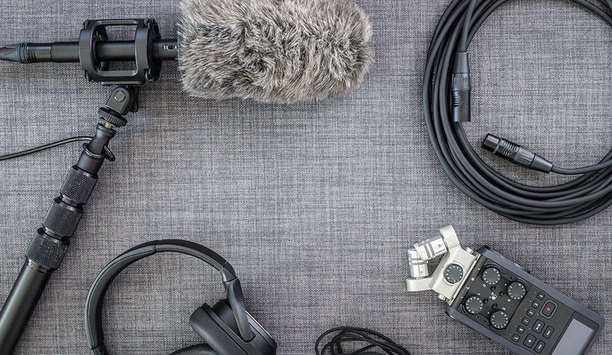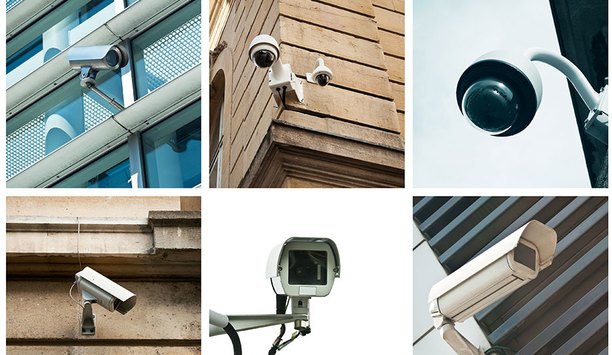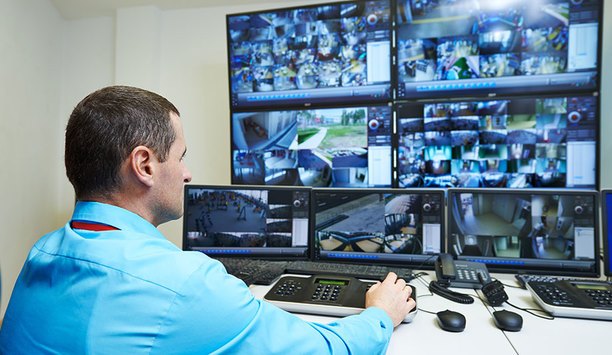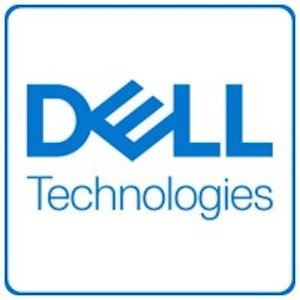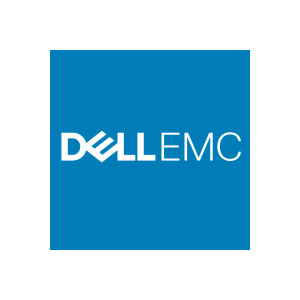Dave Poulin

Dave Poulin
Senior Client Solutions Planner, DellDave Poulin is Senior Client Solutions Planner for Commercial PCs and Rugged Mobility at Dell. He previously worked as Director of Business Operations, Security and Evidence Management at Panasonic Corporation of North America. Prior to joining Panasonic, he spent 12 years in law enforcement and was later the director of a software and technology company. That combined experience allows him to bring extensive real-world insight into his current position. Poulin holds a degree from Warner University in Organizational Management. He has authored several articles in trade magazines and has been a guest speaker at law enforcement and government tradeshows.
Round table contributions
The security market in the United States has been in a collective state of exhilaration since ISC West. The (possibly) unprecedented success of the big trade show has left us all feeling optimistic ab...
One of the things all security systems have in common is that they depend on human operators, to one extent or another. But how often is the human factor overlooked in product design? Sometimes, more...
We hear that everything is going to the cloud – or is it? Security end users can be understandably confused by conflicting claims in the market from proponents of cloud-based or server-based sys...
A major benefit of technology innovation is more application opportunities. As video cameras become better and more versatile, new uses are emerging that extend the benefits of video surveillance, oft...
As the security industry continues to evolve and come up with innovative technologies, it has also thrown open the doors for competition among manufacturers of security systems and products. Price war...
One of the benefits of newer IP systems is the ability to store video inside the camera or in a nearby digital video recorder (DVR) at the edge of the network. Edge-based storage is unlikely to take t...
Will 2016 see faster adoption of video analytics? Will cyber-security have more impact on physical security? Is the market likely to see greater use of cloud-based products and services? Will technolo...
Video cameras are smarter than ever. Video analytics functionality is available inside most cameras now on the market. Smarter cameras enable a system with distributed intelligence and also help to ma...
Healthcare organizations are an important vertical market for many security manufacturers and integrators. Like other vertical markets, healthcare has its own unique set of requirements and challenges...
Software changes constantly. There’s always a new patch or fix, and our computers persistently remind us that an update is available. As a core component of today’s IP networked video syst...
Most of today’s video surveillance cameras are capable of providing audio, but when should it be implemented? Acceptable uses of audio surveillance, as opposed to video, are a different concept...
We have all heard the sales pitch: Use of megapixel cameras lowers the camera count needed to provide adequate video coverage, thus making the overall system less expensive. Use of fewer cameras equat...
For many years, generally speaking, the use of video surveillance has been seen as an extension of an end user customer’s security system. However, recently, we have also heard about how video c...
Rapid technology innovation in the physical security market comes with it a commensurate need to dispose of older systems as they are replaced. Some technologies can help minimize the waste, providing...
There have been a number of developments in the last year which have impacted the security industry in one way or another. As we begin a new year, we thought we'd ask our panelists to...
Articles by Dave Poulin
Overall, 2015 was an interesting year for the security industry and Panasonic. We’ve seen some exciting advancements in surveillance technology, including a strong uptick in body-worn cameras fo...
Remote monitoring offers a multiplying effect on security efforts The growth of IP-based networks has made it possible for security professionals to easily monitor surveillance acti...
News mentions
SourceSecurity.com’s Expert Panel covered a lot of ground in 2016 about a variety of topics in our Roundtable discussions. The very most-clicked-on Roundtable discussion in...
SourceSecurity.com’s Expert Panel had a lot to say in 2015 on a variety of topics in our Roundtable discussions. Not surprisingly, the discussion topics that have generated...










